Home>Garden Essentials>How Many Seeds In A Bag Of Soybeans
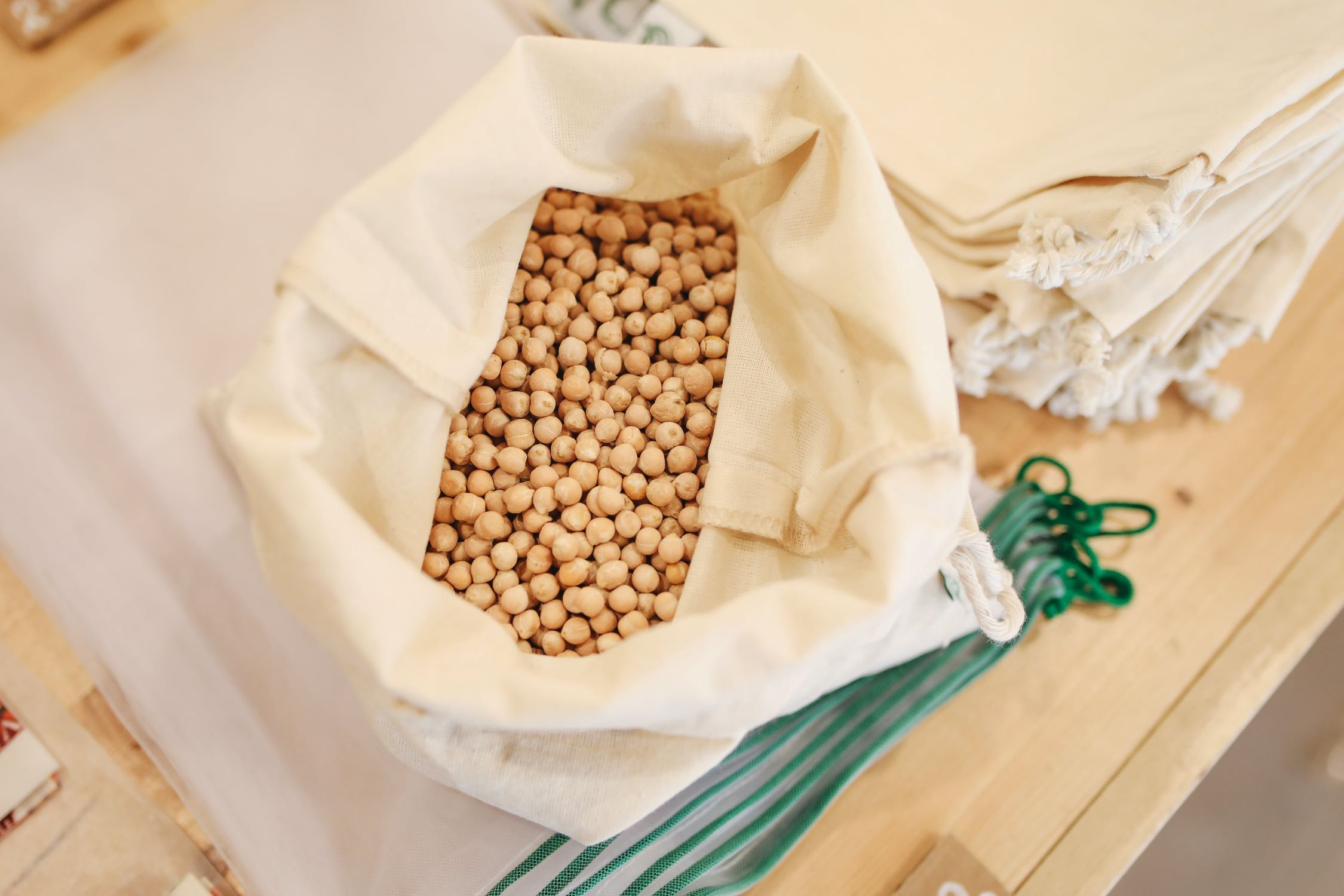

Garden Essentials
How Many Seeds In A Bag Of Soybeans
Modified: August 27, 2024
Learn how many seeds are typically found in a bag of soybeans for your garden. Discover the perfect quantity for planting and cultivating a successful soybean crop.
(Many of the links in this article redirect to a specific reviewed product. Your purchase of these products through affiliate links helps to generate commission for Storables.com, at no extra cost. Learn more)
Introduction
Soybeans are an incredibly versatile food source and have gained popularity worldwide due to their numerous health benefits. From being used in plant-based protein alternatives to cooking oils, soybeans are a staple in many diets. But have you ever wondered how many seeds are typically found in a bag of soybeans?
In this article, we will explore the seed count variation in bags of soybeans, factors that can affect the number of seeds, methods for testing and estimating seed count, and common bag sizes for soybeans.
Understanding the seed count in a bag of soybeans is not only interesting but can also be crucial for farmers, gardeners, and anyone looking to grow soybeans in their own garden. By knowing the approximate seed count in a bag, you can better plan your planting, estimate yield, and ensure you have enough seeds for your desired cultivation area.
So, let’s dive in and uncover the fascinating world of soybean seed counts!
Key Takeaways:
- Soybean seed count in a bag can vary due to factors like seed size, planting density, and environmental conditions. Farmers and gardeners can estimate seed count using methods like weighing and sampling.
- Common bag sizes for soybeans range from 5-pound bags for home gardeners to 50-pound bags for commercial farmers. Understanding seed count and bag sizes helps in planning and ensuring enough seeds for cultivation.
Read more: How Many Seeds In A Bag Of Corn
Definition of Soybeans
Soybeans, scientifically known as Glycine max, are a type of legume native to East Asia. They have been cultivated for thousands of years and are considered one of the most important global crops today. Soybeans belong to the Fabaceae family and are known for their high protein content and oil-rich seeds.
These versatile legumes are primarily grown for their seeds, which can be processed into a variety of products such as tofu, soy milk, soy sauce, and cooking oil. In addition to their culinary uses, soybeans are also a popular source of plant-based protein, making them a staple in vegetarian and vegan diets.
The cultivation of soybeans requires specific environmental conditions. They thrive in warm climates with average temperatures ranging from 20 to 30 degrees Celsius (68 to 86 degrees Fahrenheit). The plants prefer well-drained soil with a pH level between 6.0 and 6.5.
Soybeans are a highly adaptable crop and are grown in many regions worldwide. The major producers include the United States, Brazil, Argentina, and China. In these regions, soybeans are primarily cultivated for commercial purposes, supplying the global market with various soy-based products.
It’s important to note that while soybeans are commonly consumed as food, they also have other uses. They can be utilized in animal feed, as a component in biodiesel production, and even as a natural fertilizer due to their high nitrogen-fixing properties.
Now that we have a clear understanding of what soybeans are let’s explore the variation in seed counts found in bags of soybeans.
Seed Count Variation
The seed count in a bag of soybeans can vary depending on several factors. It’s important to note that there is no standard number of seeds in each bag, as the count can differ based on the variety of soybeans, cultivation practices, and packaging regulations.
Generally, a bag of soybeans can contain anywhere from a few hundred to several thousand seeds. The seed count can also vary based on the size and weight of the soybean seeds themselves. Larger seeds may result in a lower overall count, whereas smaller seeds could lead to a higher count.
Multiple factors can contribute to seed count variation. Firstly, different soybean varieties have varying seed sizes and shapes, which can directly impact the number of seeds in a bag. Some varieties may have smaller, compact seeds that fit more densely in the bag, resulting in a higher count. Conversely, larger or irregularly shaped seeds may take up more space and result in a lower seed count.
The seed count can also be affected by cultivation practices. Factors such as the spacing between plants, plant density per acre, and planting methods can all influence how many seeds are harvested. If plants are spaced too closely together, the number of seeds per plant may be reduced, ultimately affecting the overall count in a bag.
In addition, environmental factors such as temperature, rainfall, and soil conditions can impact seed development and affect the final seed count. Optimal growing conditions can result in healthier plants and more abundant seed production.
It’s worth mentioning that seed count variation can also be influenced by packaging regulations. Some countries or regions may have specific regulations or guidelines in place regarding the amount of seed in each bag, ensuring consistency and accuracy for farmers and growers.
Understanding and acknowledging the seed count variation in bags of soybeans is essential, as it helps farmers and gardeners plan their cultivation strategies accordingly. By knowing the approximate number of seeds in a bag, it becomes easier to calculate planting density, estimate yield, and determine the right amount of seeds needed for a desired planting area.
Now that we have explored the factors that contribute to seed count variation, let’s delve into the factors that can impact the number of seeds in a bag.
Factors Affecting Seed Count
Several factors can influence the number of seeds in a bag of soybeans. Understanding these factors can provide valuable insights into the variations in seed count and help farmers and gardeners make informed decisions.
- Variety of Soybeans: Different soybean varieties can have varying seed sizes and shapes. Some varieties may produce larger seeds, resulting in a lower seed count per bag. It’s important to consider the characteristics of the specific variety when estimating seed count.
- Growing Conditions: Environmental factors play a significant role in seed development. Adequate sunlight, temperature, and water availability during the growing season can contribute to better seed production. Optimal growing conditions are more likely to result in higher seed counts.
- Fertilization and Nutrient Availability: Proper fertilization and nutrient management can enhance seed production. Adequate levels of essential nutrients, such as nitrogen, phosphorus, and potassium, can positively impact seed development and increase the overall seed count.
- Planting Density: The spacing between plants and the number of plants per acre can influence seed count. If plants are spaced too closely together, there may be competition for resources, leading to reduced seed production. Appropriate planting density can maximize seed count potential.
- Pollination: Successful pollination is crucial for seed formation. Factors such as the availability of pollinators, weather conditions during the flowering stage, and the presence of male and female flowers all impact seed production. Poor pollination can result in a decreased seed count.
- Plant Health: Healthy plants are more likely to produce a higher number of seeds. Proper pest and disease management, along with regular monitoring and timely intervention, can prevent potential damage to plants and optimize seed production.
- Harvesting and Processing: Careful harvesting and processing techniques can affect seed count. Efficient harvesting practices minimize seed loss and ensure that the maximum number of seeds make it into the bags. Proper cleaning and sorting techniques can also impact the final seed count.
It’s important to note that these factors can interact with each other, creating a complex interplay that ultimately determines the final seed count. Every farming or gardening operation may have unique characteristics that can influence seed count variations.
By understanding the various factors that affect seed count, farmers and gardeners can make adjustments to cultivation practices and optimize seed production. Now, let’s explore methods for testing and estimating seed count in bags of soybeans.
When estimating the number of seeds in a bag of soybeans, you can use the average number of seeds per pound, which is around 2,500 to 3,000 seeds. Multiply this by the weight of the bag to get an estimate.
Testing and Estimating Seed Count
Estimating the seed count in a bag of soybeans is essential for proper planning and seed management. While it may not be practical to manually count each seed, there are methods available to test and estimate the seed count.
Weighing Method: One common method is to weigh a known quantity of seeds and calculate the average weight of each seed. By knowing the total weight of the bag, you can estimate the approximate number of seeds based on the average weight. However, it’s important to consider the variation in seed size and weight, as this can impact the accuracy of the estimation.
Volume Method: Another approach is to estimate the number of seeds based on the volume they occupy. This can be done by pouring a known volume of seeds into a container and calculating the seed count per unit volume. This method may require specific equipment or measurements to ensure accuracy.
Sampling Method: Sampling involves taking a representative sample from the bag and manually counting the seeds. This requires randomly selecting seeds from different sections of the bag and extrapolating the count to estimate the total seed count. While this method may be time-consuming, it can provide a more accurate estimate.
Seed Count Conversion: In some cases, the bag may provide information on the seed count per unit weight. By knowing the weight of the bag, you can convert it to the number of seeds based on the provided conversion rate. This method allows for a quick estimation of seed count without the need for additional tests or measurements.
It’s important to note that these methods provide estimations and may not give an exact seed count. However, they can still be valuable tools for planning and seed management purposes.
Additionally, if you are purchasing soybean seeds from a reputable supplier, they may provide the seed count information on the packaging or product description. This can save you the effort of estimating the seed count yourself.
Now that we understand how to test and estimate seed count, let’s take a look at common bag sizes for soybeans.
Read more: How Many Sunflower Seeds In A Bag
Common Bag Sizes for Soybeans
When it comes to purchasing soybean seeds, they are often packaged in bags of various sizes. The size of the bag can depend on several factors, including the intended use, market demands, and regional packaging regulations. Here are some common bag sizes for soybeans:
- 5-pound Bag: A 5-pound bag of soybeans is a popular size for home gardeners and small-scale growers. It provides enough seeds to cover a moderate-sized garden plot or container.
- 50-pound Bag: The 50-pound bag is a standard size often used by commercial farmers and larger-scale operations. This size is suitable for those looking to grow soybeans on a larger scale or for commercial purposes.
- Bulk Bags: In some cases, soybeans may be available in bulk bags, which can range in size from a few hundred pounds to several thousand pounds. These large bags are typically used by industrial processors, feed manufacturers, and other large-scale buyers.
- Custom Packaging: Depending on the supplier or retailer, soybeans may also be available in custom or specialized packaging. These can include bags of different weights or packaging options tailored to specific market needs.
It’s important to check the packaging labels or consult with suppliers to determine the exact size of the bag you are purchasing. This information will give you an idea of the amount of seeds you will receive in a bag and help with planning your planting area.
Remember, the seed count in a bag can still vary based on factors we previously discussed, such as seed size, variety, and cultivation practices. Therefore, it’s always a good idea to test and estimate the seed count using the methods mentioned earlier to get a more accurate idea of the number of seeds in a specific bag.
Now that we have explored common bag sizes for soybeans, let’s conclude our article.
Conclusion
Understanding the seed count in a bag of soybeans is crucial for proper planning and cultivation. While the exact number of seeds in a bag can vary based on factors such as variety, growing conditions, and packaging regulations, there are methods available to estimate the seed count.
Factors like seed size, planting density, pollination, and plant health can all influence seed count variation. It’s important for farmers and gardeners to consider these factors when estimating the number of seeds in a bag or planning their planting areas.
Methods for testing and estimating seed count include weighing, volume measurements, sampling, and seed count conversion. These methods provide estimations that can help with planning, but it’s important to remember that they may not provide an exact seed count.
Common bag sizes for soybeans range from 5 pounds for home gardeners to 50-pound bags for commercial farmers. Some suppliers may also offer bulk bags for industrial processors and custom packaging options. Checking the packaging labels or consulting with suppliers will provide specific bag size information.
By understanding seed count variation and utilizing estimation methods, farmers and gardeners can better plan their planting, estimate yield, and ensure they have enough seeds for their desired cultivation area.
So, whether you’re a commercial farmer or a passionate gardener, knowing how many seeds are in a bag of soybeans is crucial for successful soybean cultivation. Happy planting!
Frequently Asked Questions about How Many Seeds In A Bag Of Soybeans
Was this page helpful?
At Storables.com, we guarantee accurate and reliable information. Our content, validated by Expert Board Contributors, is crafted following stringent Editorial Policies. We're committed to providing you with well-researched, expert-backed insights for all your informational needs.
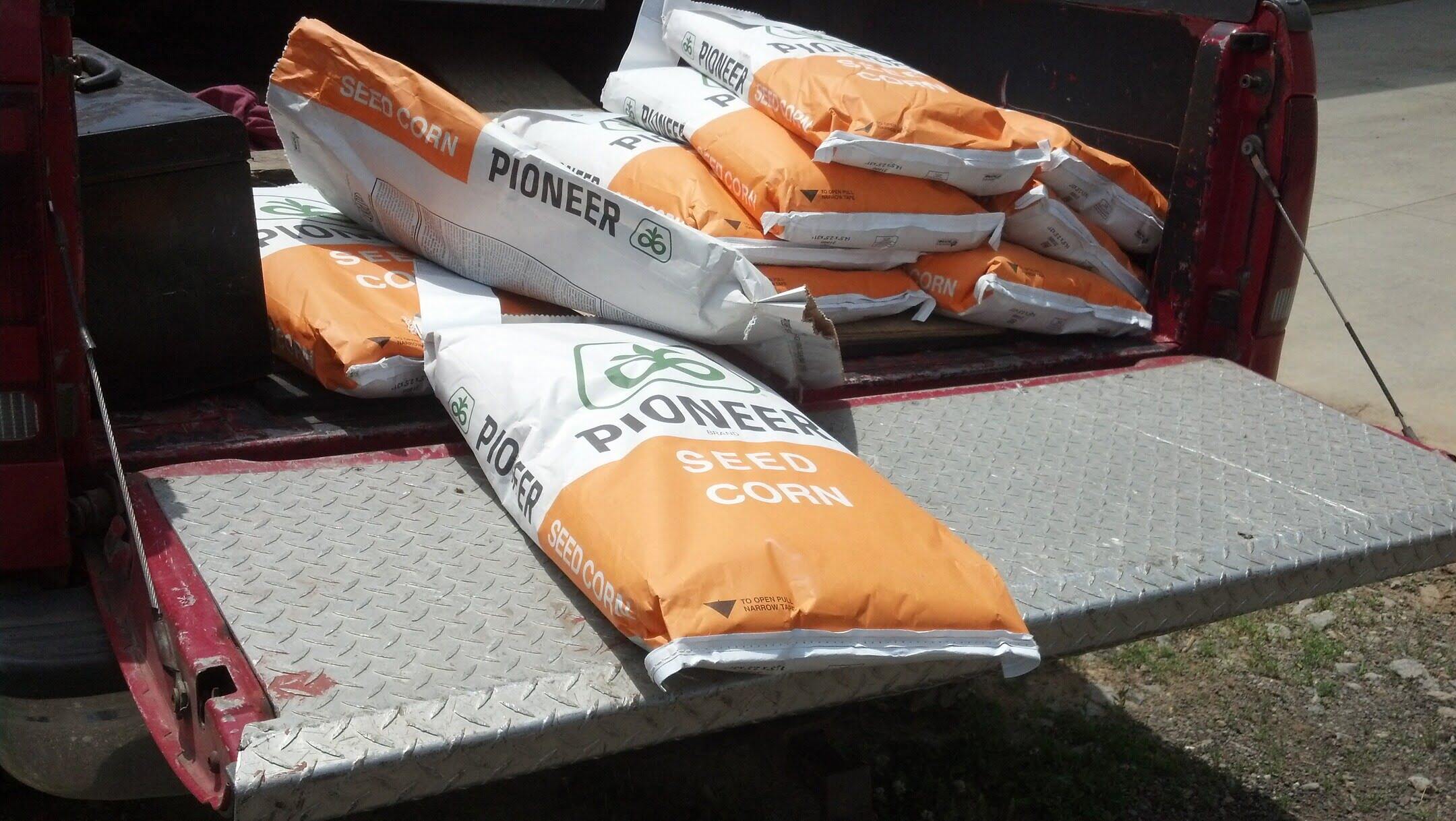
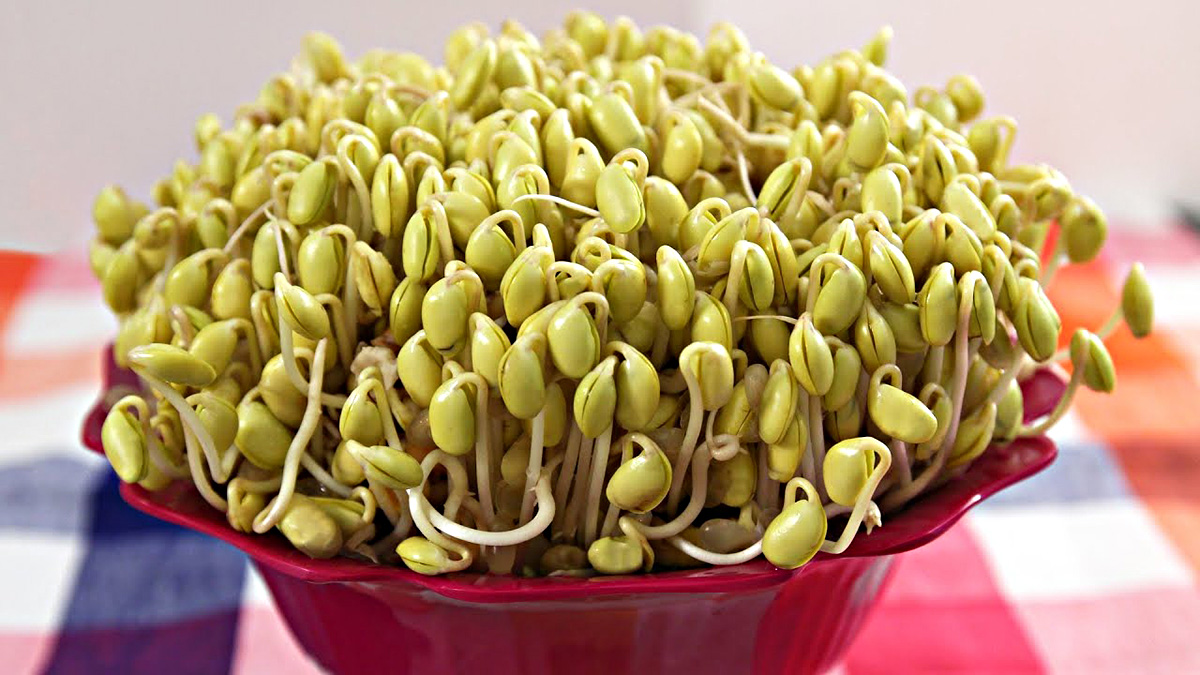
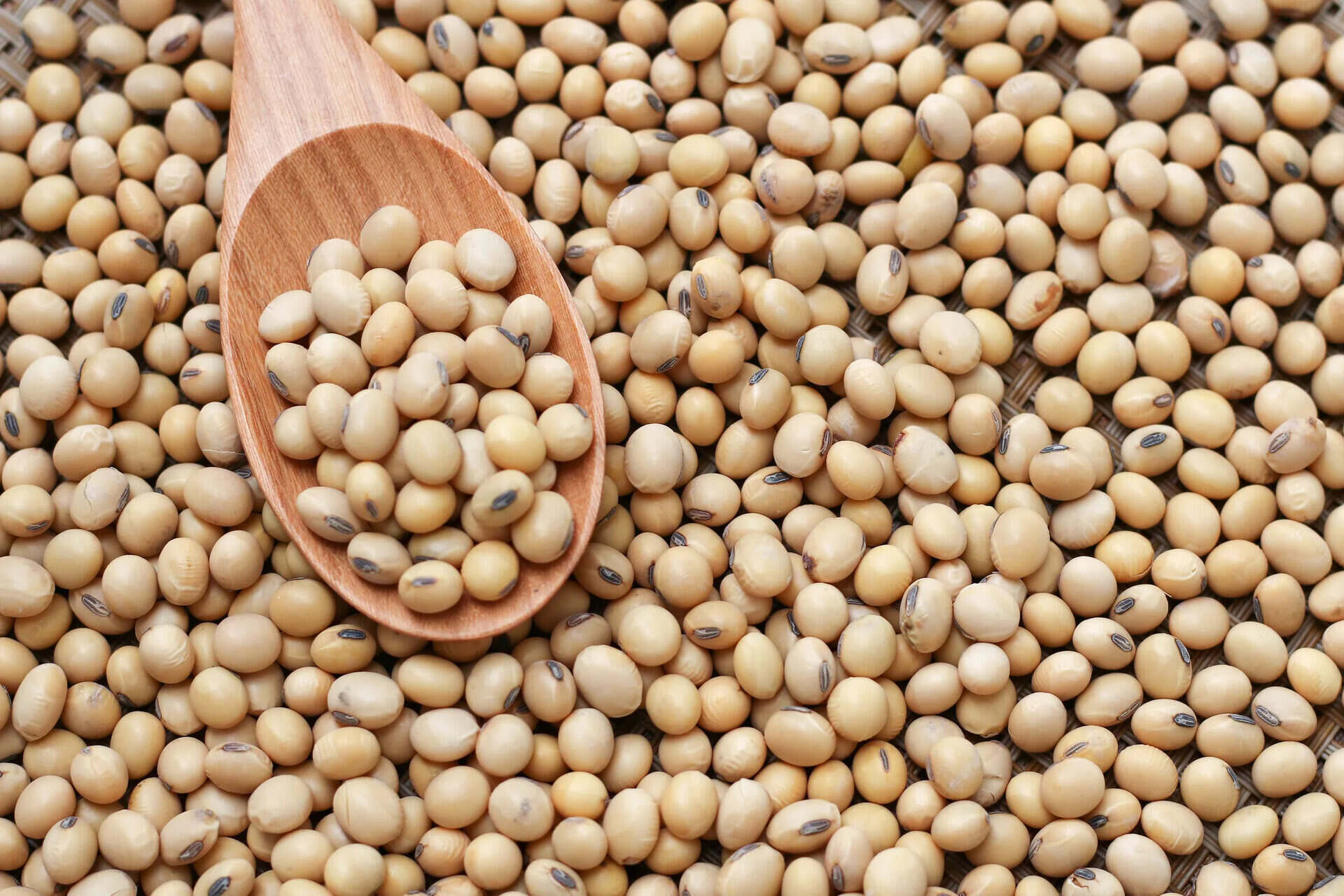
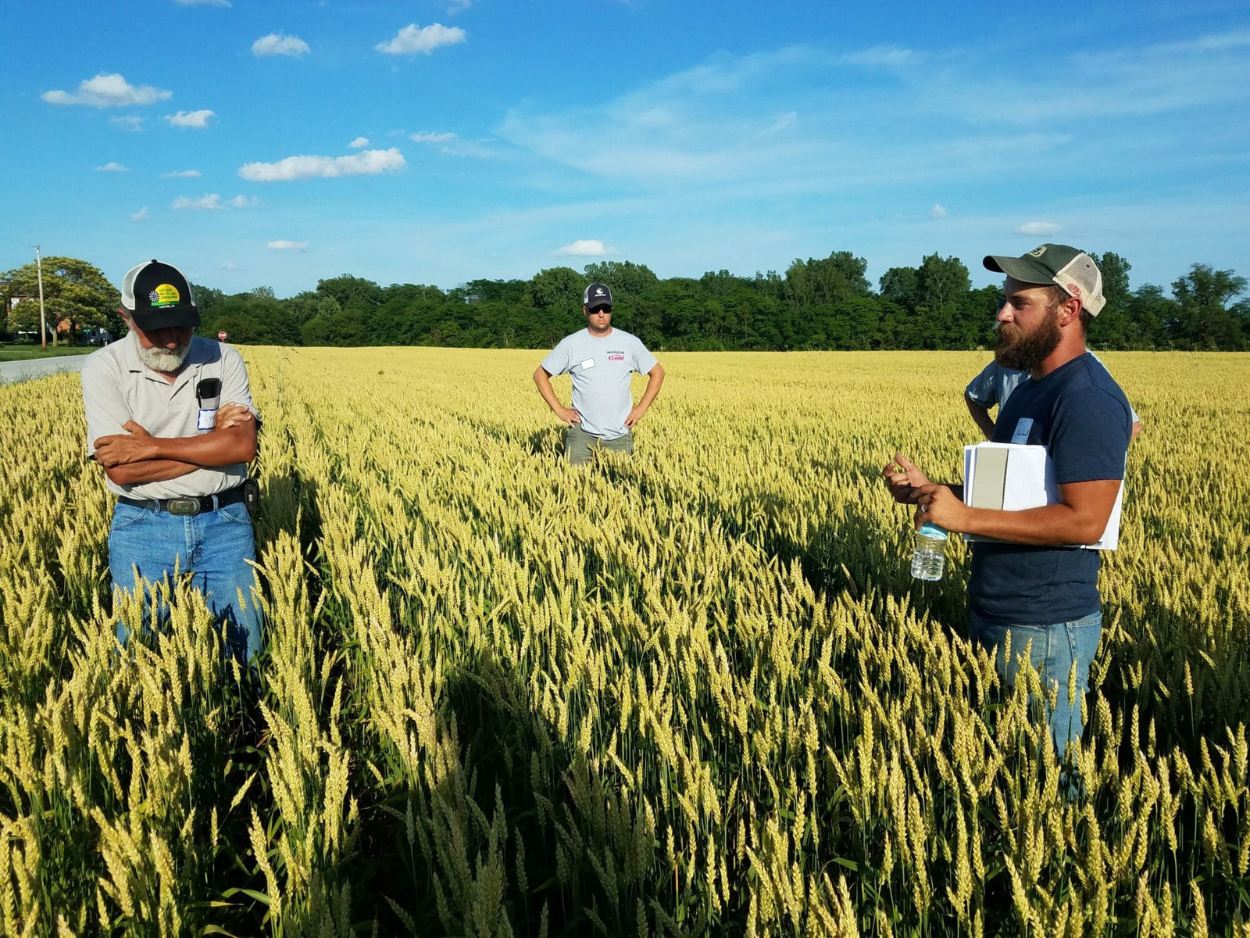
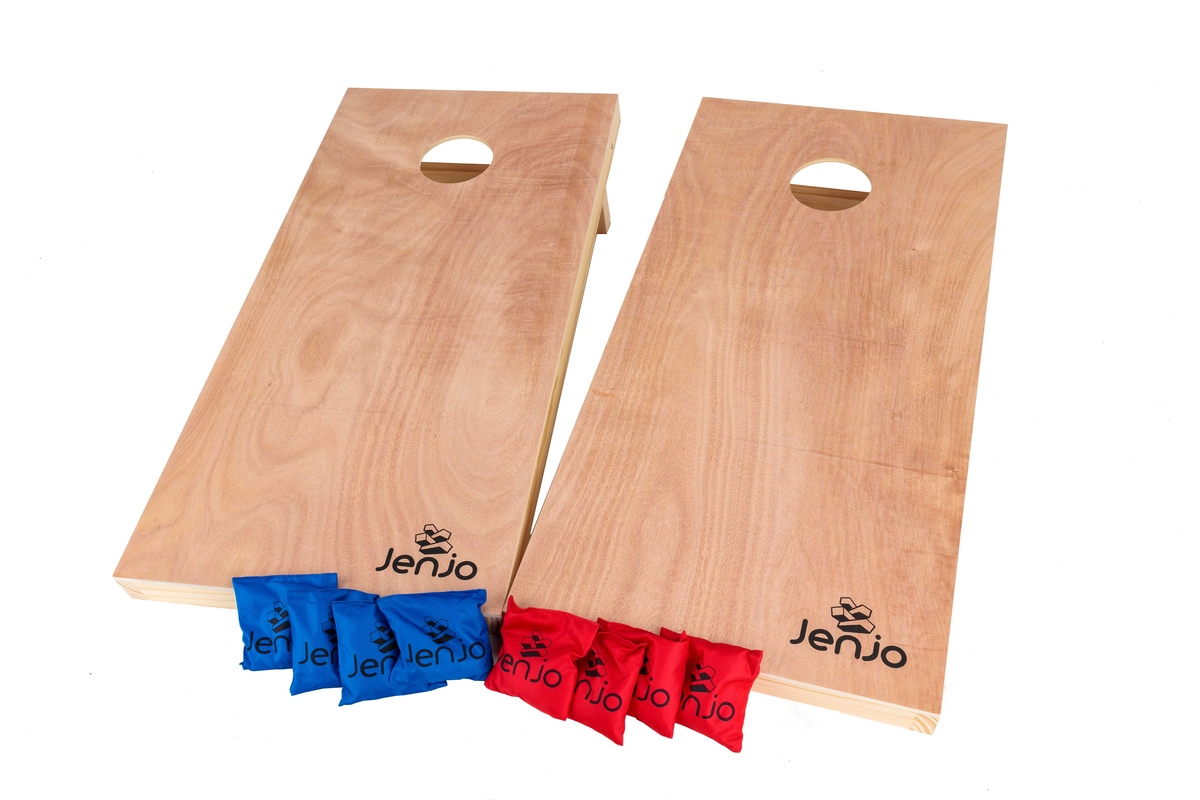
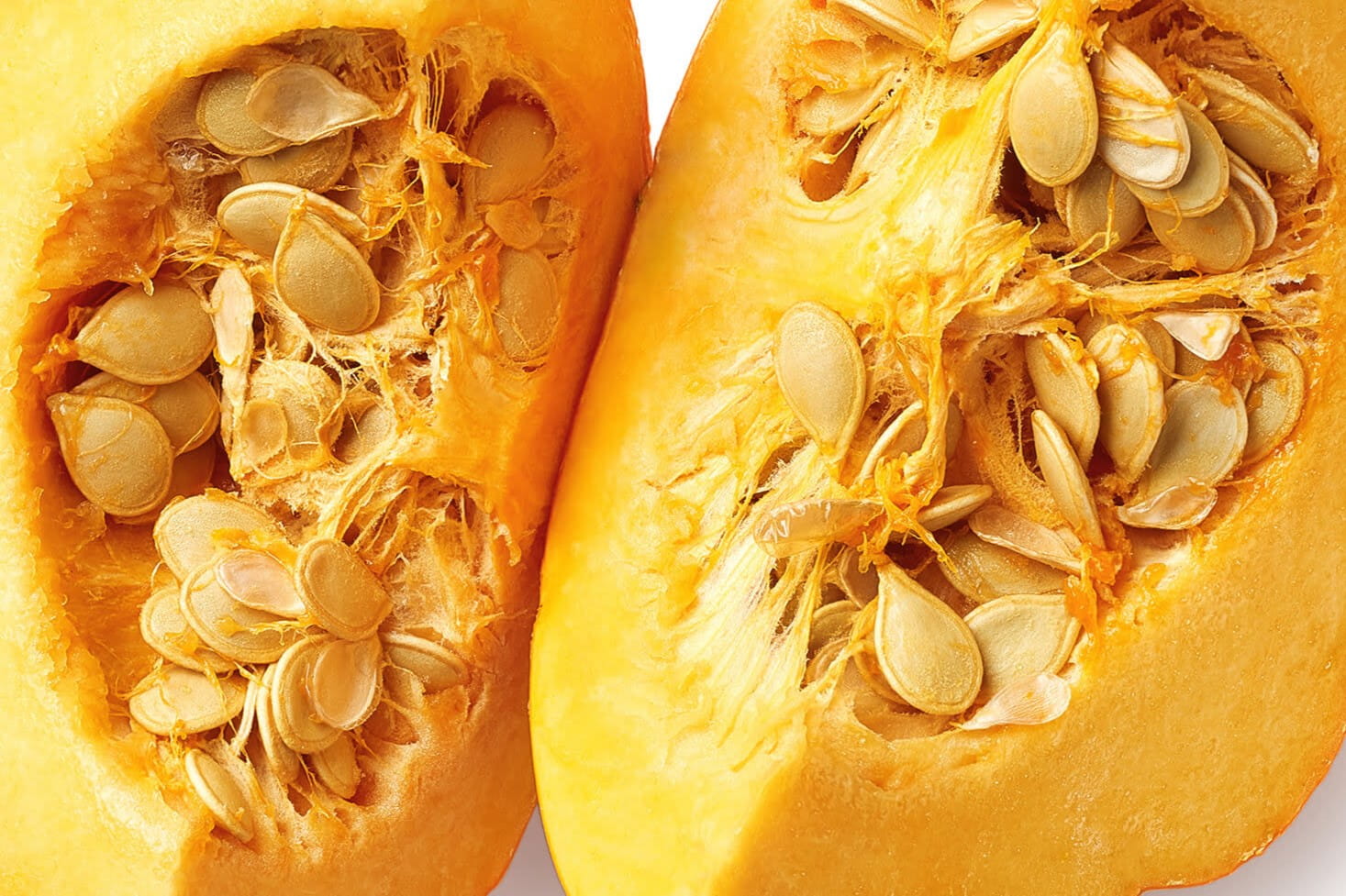


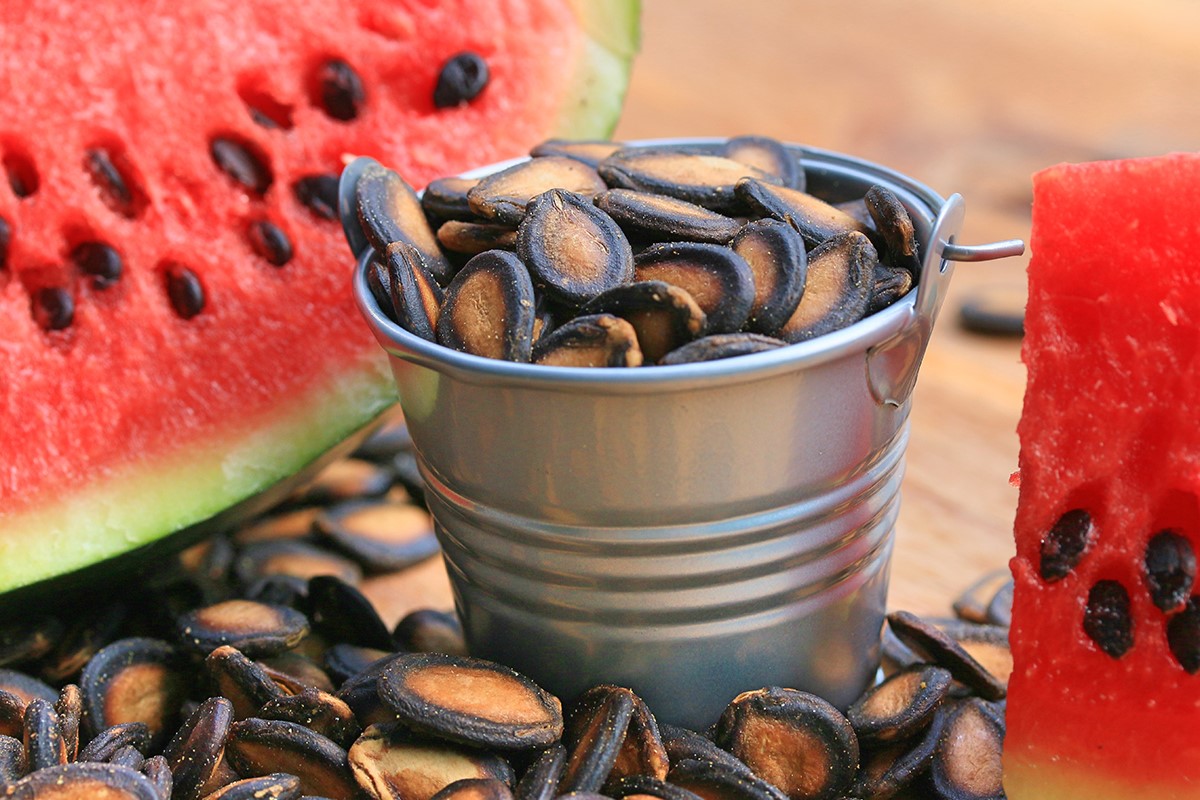
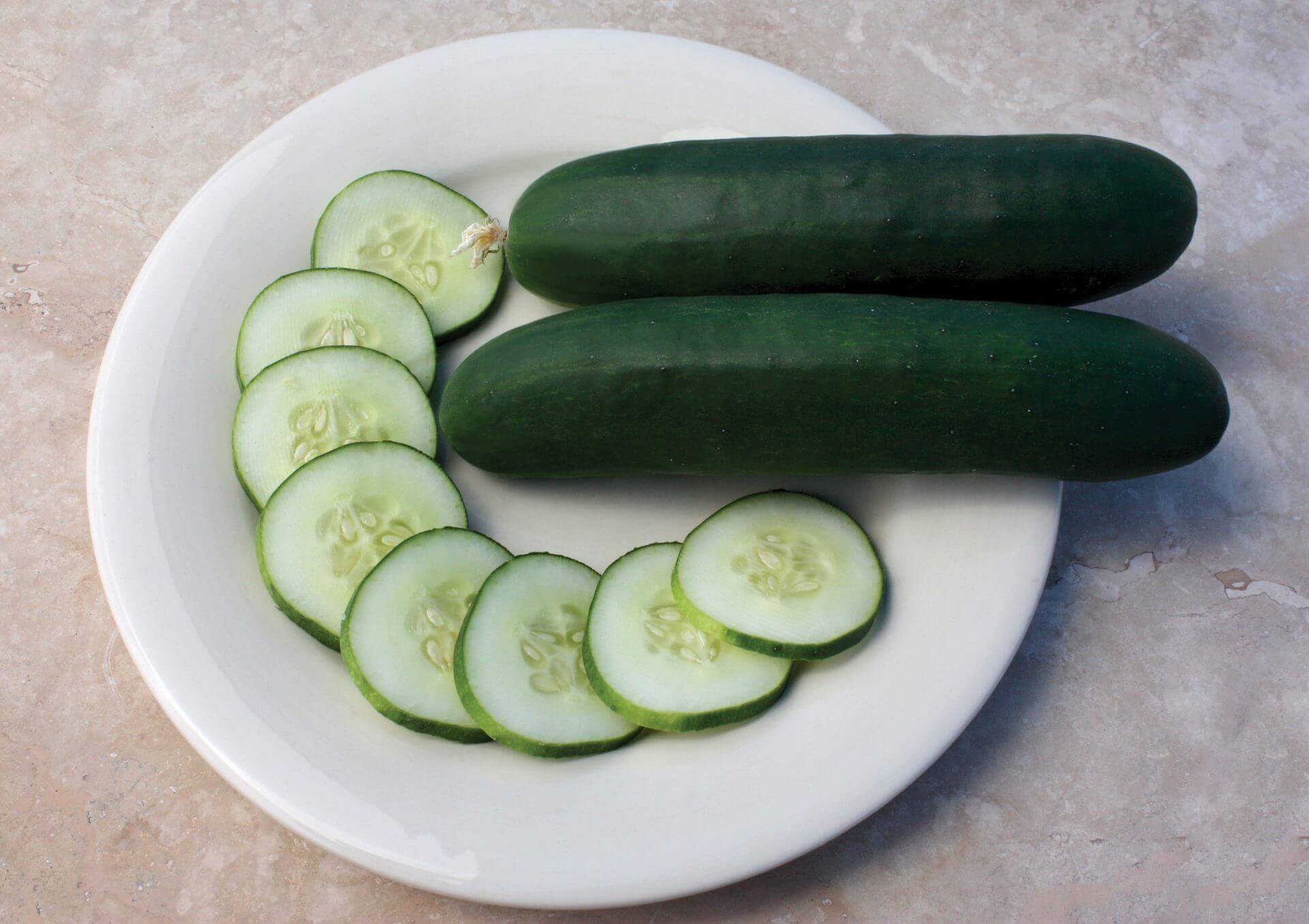
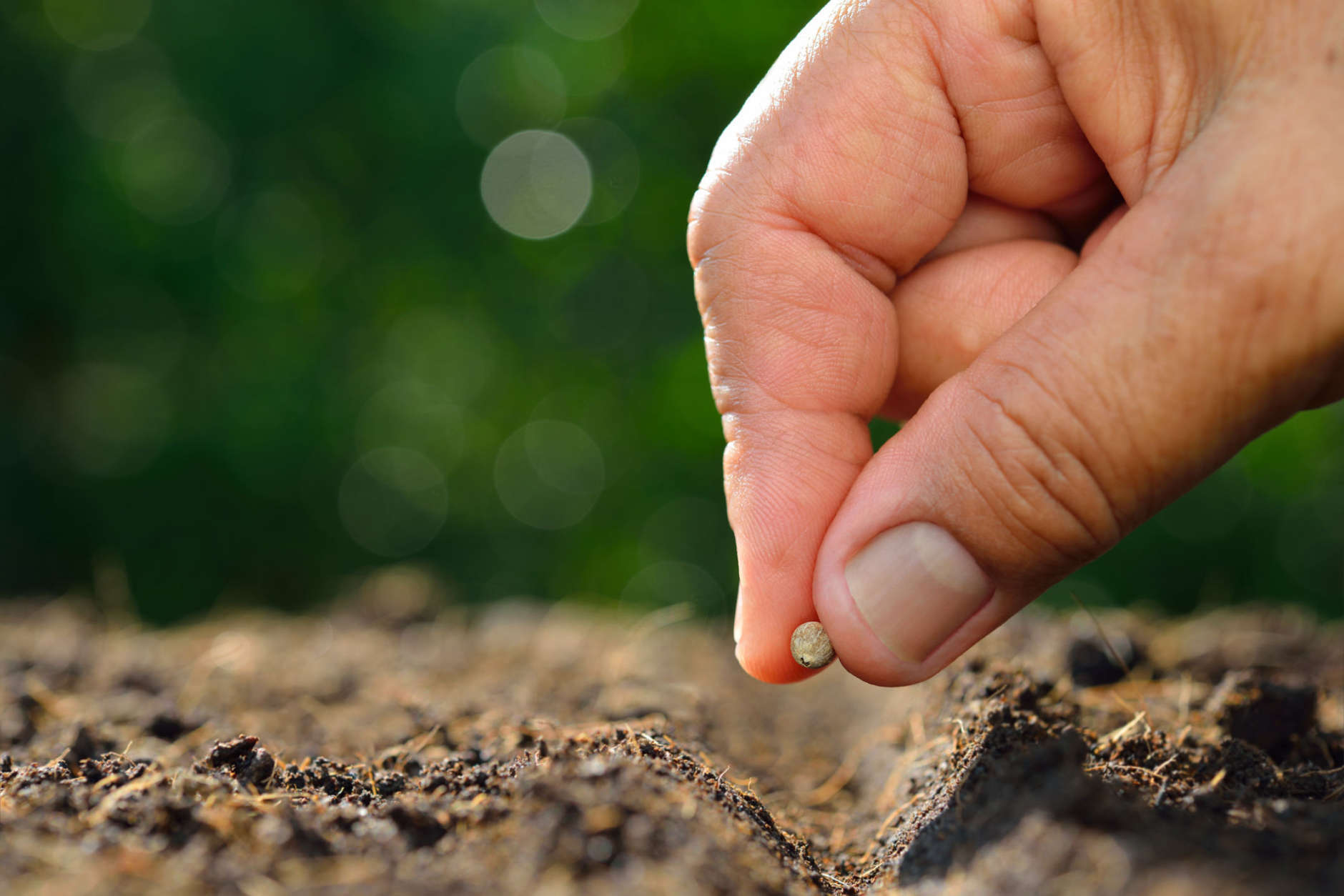

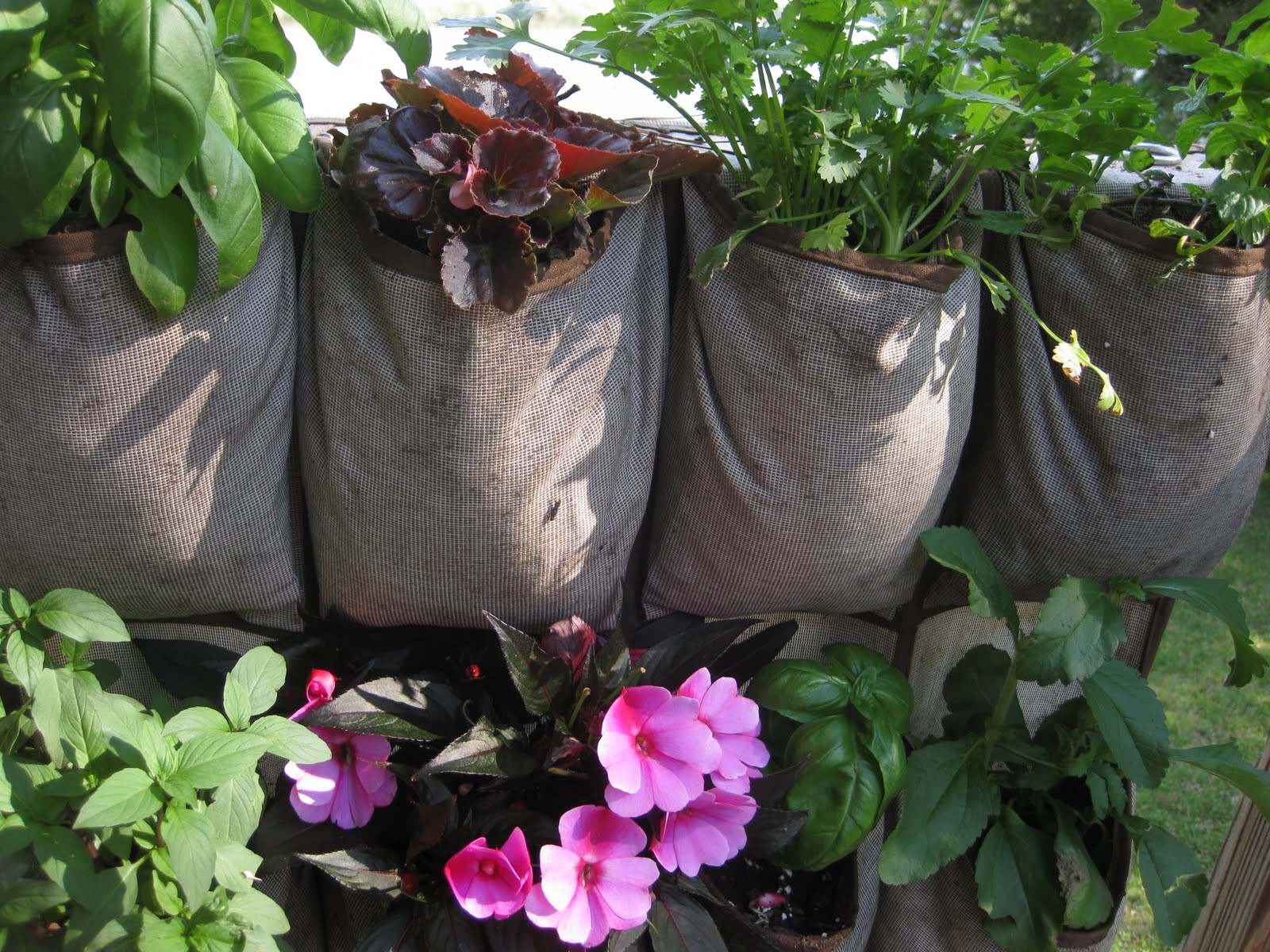
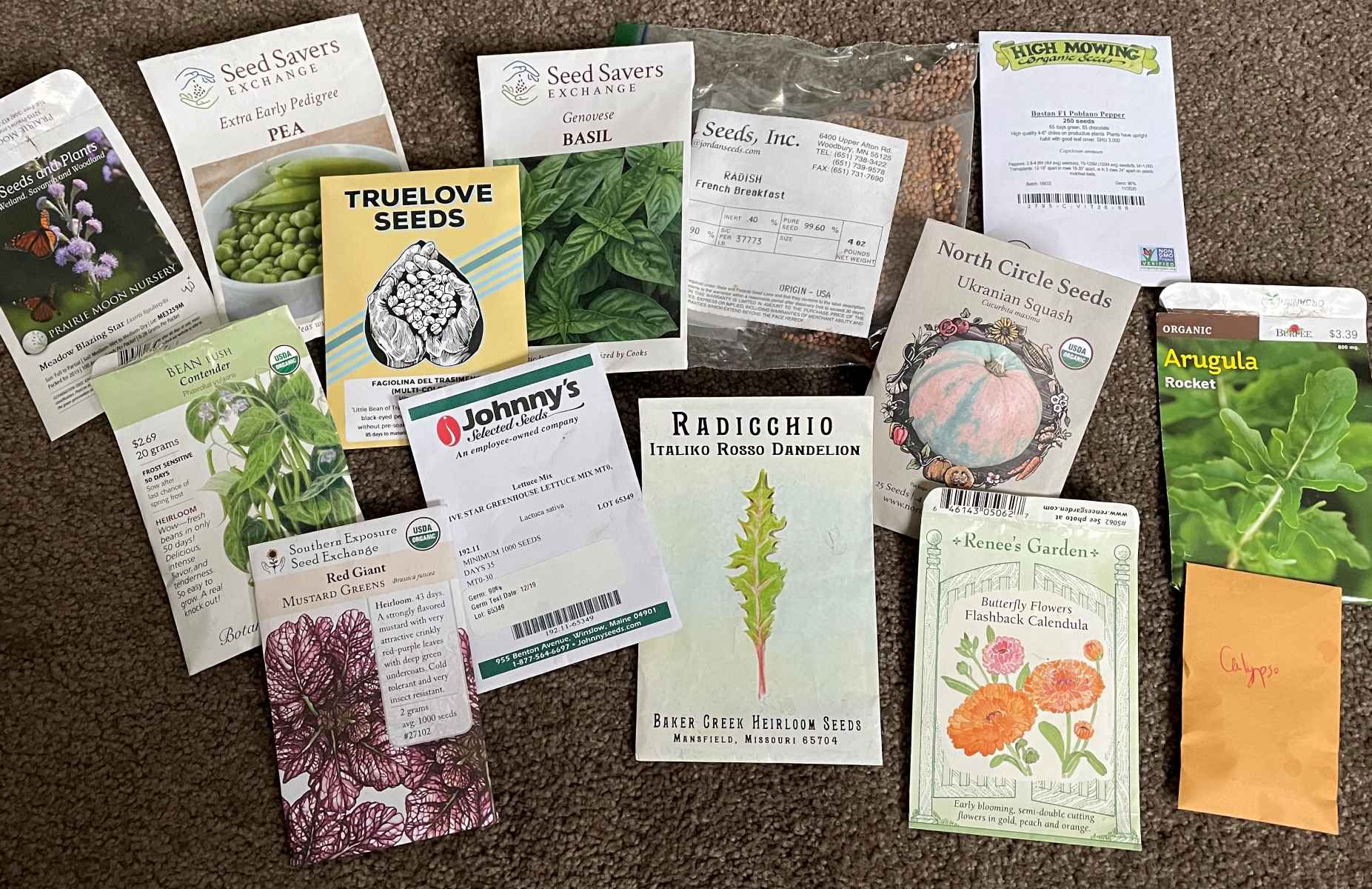

0 thoughts on “How Many Seeds In A Bag Of Soybeans”